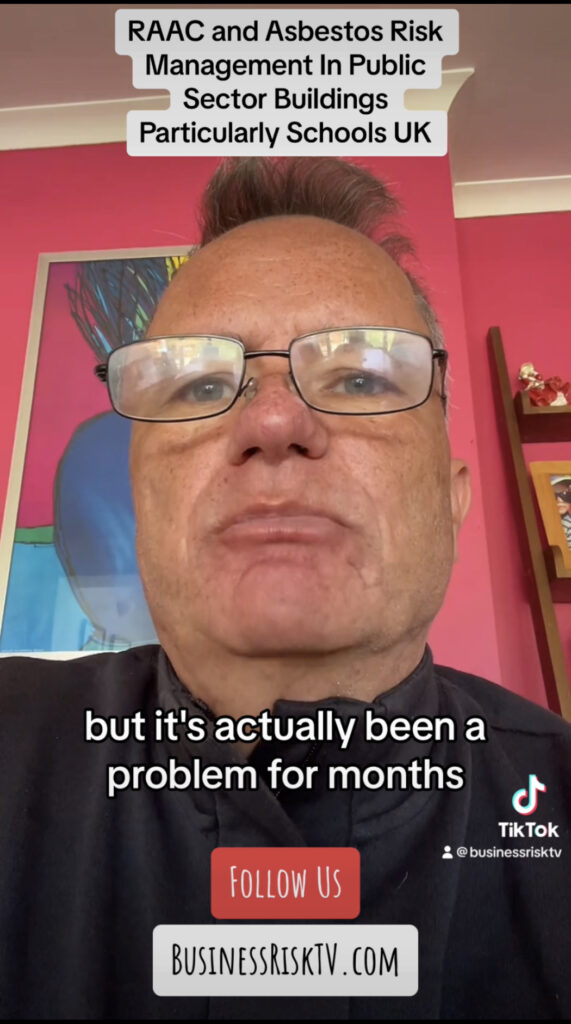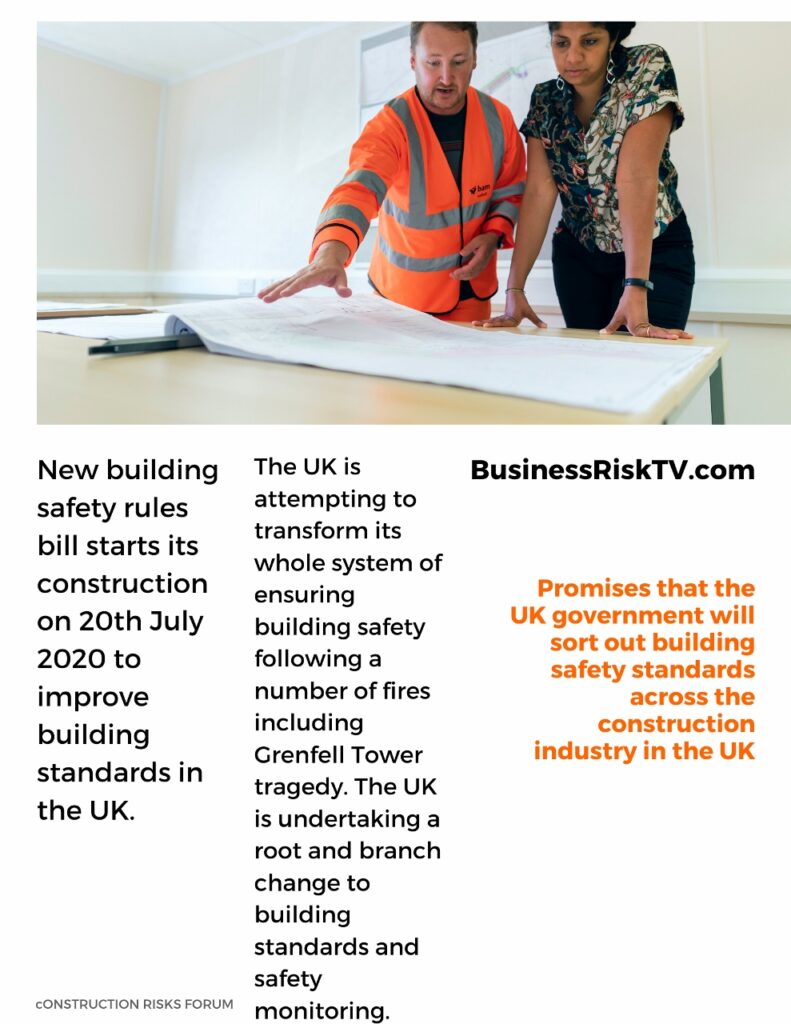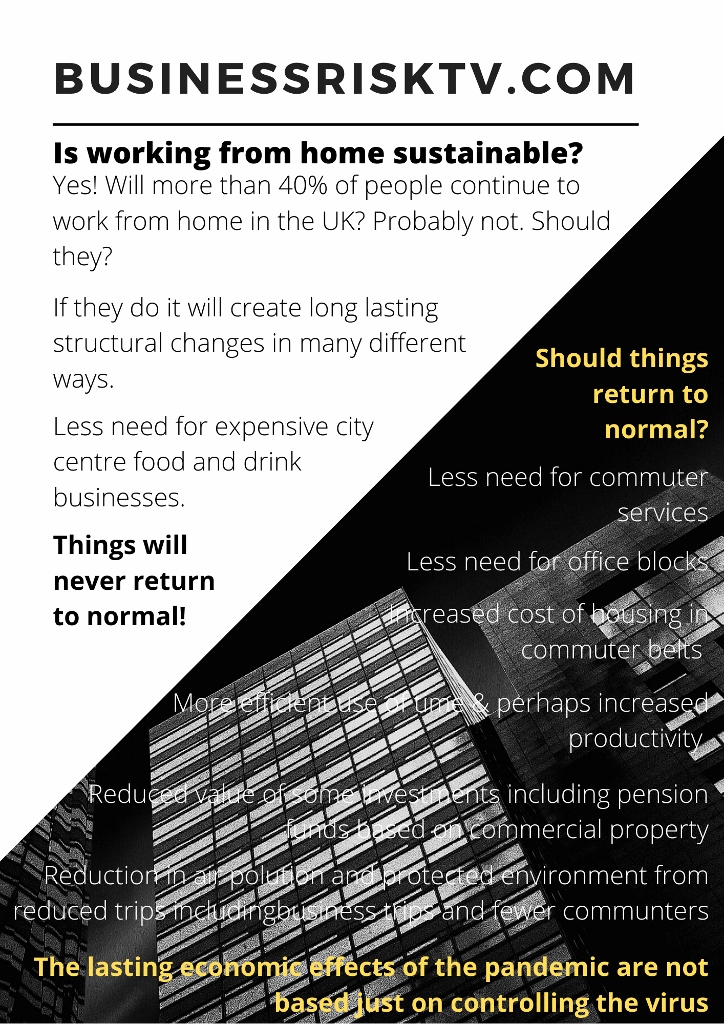Subscribe to Property Risks Forum for free
What are the current and future threats to property? What are the biggest opportunities from property? How can you use property better to achieve business objectives? Network with top property thought leaders to grow your business with less uncertainty. Protect your property better. Access the latest property news opinions and reviews. Discover best ways to manage threats to your property.
Enter code #PropertyRisks
Connecting business leaders online
Finding the latest best property protection products and services can be time consuming or unfruitful. We make life and business easier and better.
Searching for what you need to inform your property protection decision making is free. Come back often to find the best of property protection. Pick up the latest business protection news headlines opinions debate and business reviews.
Click here to discover innovative new ways to promote and market your property protection business
Find help with risks from property development and ownership or use with our Property Management Forum
Discover latest property risk management ideas and solutions to protect your assets better. BusinessRiskTV finds opportunities to reduce the cost of investing in and owning property. Bringing together a community of like minded individuals who want to protect their property better via improved property risk management tools and techniques.
- Be inspired and learn from your peers and invited property risk management experts
- Collaborate to gain the greatest return on your investment in property
- Improve the cost effectiveness of your own property risk management programme
Property Risk Management tips advice and support for business leaders. Read property risk management articles, opinions and property product and services reviews.
Do not just buy the best property insurance and think your property risk mitigation controls are complete. Find the right way for your business to manage the total cost of property. Are you deploying the most effective property risk management programme to help your business achieve its business objectives?
Free property risk management QandAs for business leaders
Use a leading FREE property risk management forum to get help and advice on your property risks:
- Pick up property risk management tips advice and support
- Find a property risk management solutions product or service provider to answer your questions about your property risks and how they impact on your business objectives
- Property risk management solutions providers can promote their business to sell more profitably
Protect business assets more cost-effectively. Access emerging risk insight to reduce the cost of property risk.
BusinessRiskTV Property Risk Management Latest Live News Opinions Reviews
Get live latest property news headlines opinions debates and reviews online for free. Inform your business decision making. Protect your property better.
3 September 2023 – Reinforced autoclaved aerated concrete (RAAC) and asbestos management plan in public and private buildings following recent collapse of RAAC beams in a school UK

The recent collapse of RAAC beams in a school in the UK has highlighted the need for a comprehensive asbestos management plan in public and private buildings. RAAC is a lightweight concrete that was used in the construction of buildings in the UK from the 1950s to the mid-1990s. It is commonly found as precast panels in roofs and occasionally in floors and walls. RAAC is a safe material when it is in good condition, but it can pose a risk if it is damaged or deteriorated.
One of the risks associated with RAAC is that it can contain asbestos. Asbestos is a naturally occurring mineral that was used in a wide variety of building materials, including RAAC, until it was banned in the UK in 1999. Asbestos can be harmful to health if it is inhaled, and it can cause a number of serious diseases, including lung cancer, mesothelioma, and asbestosis.
The risk of asbestos exposure from RAAC is highest in buildings that were constructed before 1999. However, it is also possible to find RAAC in buildings that were constructed after 1999, as it was sometimes used as a replacement for asbestos-containing materials.
The implications for building usage safety following the recent collapse of RAAC beams are significant. If RAAC is damaged or deteriorated, it can collapse without warning, posing a risk of injury or death to building occupants. In addition, if RAAC contains asbestos, it can release asbestos fibres into the air when it is disturbed, posing a risk of asbestos exposure.
To mitigate these risks, it is important to have a comprehensive asbestos management plan in place for all buildings that may contain RAAC. This plan should include the following elements:
- Identification of all RAAC-containing materials in the building
- Assessment of the risk of asbestos exposure from each RAAC-containing material
- Development of a management plan for each RAAC-containing material, which may include measures such as:
- Isolating the RAAC material
- Labelling the RAAC material
- Monitoring the condition of the RAAC material
- Removing the RAAC material
- Regular review and update of the asbestos management plan
By having a comprehensive asbestos management plan in place, building owners and operators can help to protect the health and safety of building occupants.
In addition to the measures mentioned above, the following are some other things that can be done to improve building safety in the wake of the recent collapse of RAAC beams:
- Regularly inspect buildings for signs of damage to RAAC-containing materials
- Ensure that all building occupants are aware of the risks associated with RAAC and asbestos
- Provide training to building staff on how to identify and manage the risks associated with RAAC and asbestos
- Implement a system for reporting and investigating incidents involving RAAC and asbestos
By taking these steps, building owners and operators can help to prevent future tragedies caused by the collapse of RAAC beams.
26 June 2023 – Empty Office Buildings: A Debt Time Bomb
The global commercial real estate market is facing a major challenge: a growing number of empty office buildings. This is due to a number of factors, including the COVID-19 pandemic, the rise of remote work, and the changing nature of work.
The pandemic has had a major impact on the commercial real estate market. As businesses were forced to close or operate remotely, many office workers were no longer required to come into the office. This led to a decline in demand for office space, and many buildings were left empty.
The rise of remote work is another factor that is contributing to the empty office problem. As more and more people are able to work from home, there is less need for office space. This is especially true for businesses that do not require their employees to be in the office on a regular basis.
The changing nature of work is also contributing to the empty office problem. As businesses become more flexible and allow employees to work from anywhere, there is less need for dedicated office space. This is especially true for businesses that are involved in the creative or technology industries.
The combination of these factors has led to a significant increase in the number of empty office buildings around the world. In some cities, such as New York and London, the vacancy rate for office space is now at its highest level in decades.
This is a major problem for the commercial real estate market. Empty office buildings represent a significant financial loss for owners and lenders. In addition, they can have a negative impact on the local economy. Empty buildings can lead to a decline in property values, a decrease in tax revenue, and an increase in crime.
The empty office problem is likely to continue for some time. The pandemic is still ongoing, and the rise of remote work is not going to disappear overnight. However, there are some steps that can be taken to address the problem.
One step is to encourage businesses to return to the office. This could be done by providing tax breaks or other incentives. Another step is to convert empty office buildings into other uses, such as residential or retail space. This could help to revitalise downtown areas and create new jobs.
The empty office problem is a complex one, but it is not insurmountable. With the right approach, it can be addressed and the commercial real estate market can be restored to health.
In addition to the above, here are some other factors that are contributing to the empty office problem:
- The increasing popularity of co-working spaces. Co-working spaces offer a more flexible and affordable alternative to traditional office space. This has led to a decline in demand for traditional office space.
- The growth of the e-commerce industry. The e-commerce industry is growing rapidly, and this is leading to a decline in the need for retail space. Many retailers are now using their office space for e-commerce fulfillment, which leaves less space available for traditional office use.
- The aging population. The global population is aging, and this is leading to a decline in the demand for office space. Older workers are more likely to work from home, and they are also less likely to need as much office space as younger workers.
The empty office problem is having a number of negative consequences:
- It is causing financial losses for owners and lenders.
- It is leading to a decline in property values.
- It is decreasing tax revenue.
- It is increasing crime.
- It is contributing to the decline of downtown areas.
There are a number of things that can be done to address the empty office problem:
- Encourage businesses to return to the office.
- Convert empty office buildings into other uses.
- Provide tax breaks or other incentives to businesses that return to the office.
- Promote the use of co-working spaces.
- Support the growth of the e-commerce industry.
- Develop policies that encourage the hiring of older workers.
The empty office problem is a complex one, but it is not insurmountable. With the right approach, it can be addressed and the commercial real estate market can be restored to health.
17 June 2023 – Commercial Property Crisis
The next problem area that we will see is in Western economies and is likely to be in the commercial property market, with some forecasters believing that a peak-to-trough decline of 40% is possible in the US. This would be greater than the slump in 2008. Presently Morgan Stanley, one of largest global Investment banks is currently presenting a very strong case for a sharp decline in values, as they highlight that almost $3 trillion of loans will have to be refinanced over the coming two years. Small US banks provide around three quarters of the funding to the US commercial real estate sector and these institutions have just suffered the loss of around $1 trillion in deposits as depositors move funds to money markets and their bigger banking rivals for fear that they may go the same way as Silicon Valley Bank, which resulted in the second biggest US banking bailout of all time.
The 2008 Bubble Bursting Was All About Subprime Mortgages, Will This One Be All About Commercial Property?
The 2008 financial crisis was caused by a number of factors, including the collapse of the subprime mortgage market. However, the commercial real estate market also played a significant role in the crisis.
In the years leading up to the crisis, commercial real estate prices soared. This was due to a number of factors, including low interest rates, easy access to credit, and strong demand from investors.
However, the commercial real estate market was built on a foundation of sand. Many of the loans that were used to finance commercial real estate purchases were subprime loans. These loans were made to borrowers with poor credit histories, and they had high interest rates.
When the housing market collapsed, the commercial real estate market followed suit. Many borrowers defaulted on their loans, and commercial property values plummeted. This led to a wave of foreclosures and bankruptcies, which had a devastating impact on the global economy.
Is the Commercial Real Estate Market Heading for Another Bubble Burst?
There are some similarities between the commercial real estate market today and the market in the years leading up to the 2008 crisis. Interest rates are low, access to credit is easy, and demand from investors is strong.
However, there are also some important differences. For example, the subprime mortgage market is much smaller today than it was in 2008. Additionally, banks are more cautious about lending to borrowers with poor credit histories.
Despite these differences, there are still some concerns about the commercial real estate market. For example, commercial property prices have been rising rapidly in recent years. This has led to concerns that the market is overvalued.
If the commercial real estate market does collapse, it could have a significant impact on the global economy. This is because commercial real estate is a major asset class, and a decline in commercial property values would lead to losses for investors and banks.
What Can Be Done to Prevent a Commercial Real Estate Bubble Burst?
There are a number of things that can be done to prevent a commercial real estate bubble burst. One important step is to ensure that banks are careful about who they lend money to. Banks should avoid lending to borrowers with poor credit histories, and they should make sure that borrowers can afford the payments on their loans.
Another important step is to monitor the commercial real estate market closely. Regulators should be on the lookout for signs of a bubble, and they should take action if necessary to prevent a collapse.
Finally, investors should be aware of the risks associated with the commercial real estate market. Investors should only invest in commercial real estate if they are comfortable with the risks, and they should make sure that they have a diversified portfolio.
The commercial real estate market is a major asset class, and a collapse in the market could have a significant impact on the global economy. However, there are a number of things that can be done to prevent a bubble burst. By taking these steps, we can help to protect the economy from another financial crisis.
Additional Thoughts
In addition to the factors mentioned above, there are a number of other factors that could contribute to a commercial real estate bubble burst. These include:
- A sharp increase in interest rates: This would make it more difficult for borrowers to afford their loans, and it could lead to an increase in defaults.
- A decline in demand for commercial real estate: This could be caused by a number of factors, such as a recession or a change in consumer preferences.
- A wave of foreclosures: If a large number of borrowers default on their loans, it could lead to a wave of foreclosures, which would further depress property values.
It is important to note that there is no guarantee that a commercial real estate bubble will burst. However, the factors mentioned above suggest that the risk of a bubble burst is increasing. Investors and regulators should be aware of the risks, and they should take steps to mitigate the risks.

29th July 2020 Death Of City Centre Offices Around World Including UK
Most property experts around the world see the recovery from the coronavirus pandemic including a flight from the traditional city centre office. There is a movement from the city centre office block to suburbia office blocks combined with continued home working. Office workers would even take a pay cut to work from home.
Where people do go to the office they want more local smaller suburbian offices closer to their home instead of long commutes to city centres. Indeed offices will also change in future. They will be better places to work that support healthier wellbeing of office workers.


19th June 2020 UK Government Extends Measures To Prevent Commercial Landlords From Evicting Businesses At The End Of The Month
Tenants cannot be evicted until at least the end of September. The tenant protection measures were due to end on 30th June. The protection measures ensure that tenants who cannot pay their rent cannot be evicted by their landlord.
17th January 2020 London Average Housing Rents In December Rose At Fastest Rate In More Than Two Years
Rentable housing in London is not keeping up with growing demand from renters unable to afford their own homes. Rent paid by tenants in the average property in London rose by 1.2 percent in the year to December according to the Office for National Statistics ONS.
The rent costs are ONS figures collected from landlords and letting agents, and based on the median average.
18th December 2017 Grenfell Tower Fire Building Regulations Interim Report
Dame Judith Hackitts interim report on the review of building safety and fire regulations following the Grenfell Tower fire has found that the building regulations system is not fit for purpose and open to abuse by people who want to save money. The building and construction industry including clients have been putting cutting costs ahead of sensible safety precautions.
There has been a mindset of doing things as cheaply as possible and passing on responsibility for problems and shortcomings of others within local authorities.
She further says that increased privatisation of the building inspection regime has lead to safety being compromised and a reduction in expertise within local authorities.
Judith Hackitt is chairperson of the Health and Safety Executive HSE.
Ask a question of a property risk management expert
| Academy | Marketplaces |
| Exhibitions | Risk Magazine |
#BusinessRiskTV #PropertyRisks #PropertyRiskManagement #PropertyRiskSolutions #PropertyMagazine #PropertyNews #PropertyReview #PropertyReports #PropertyBusiness #PropertyDevelopment
Property Risk Management BusinessRiskTV Property Risk Solutions

Business Risk Management Club